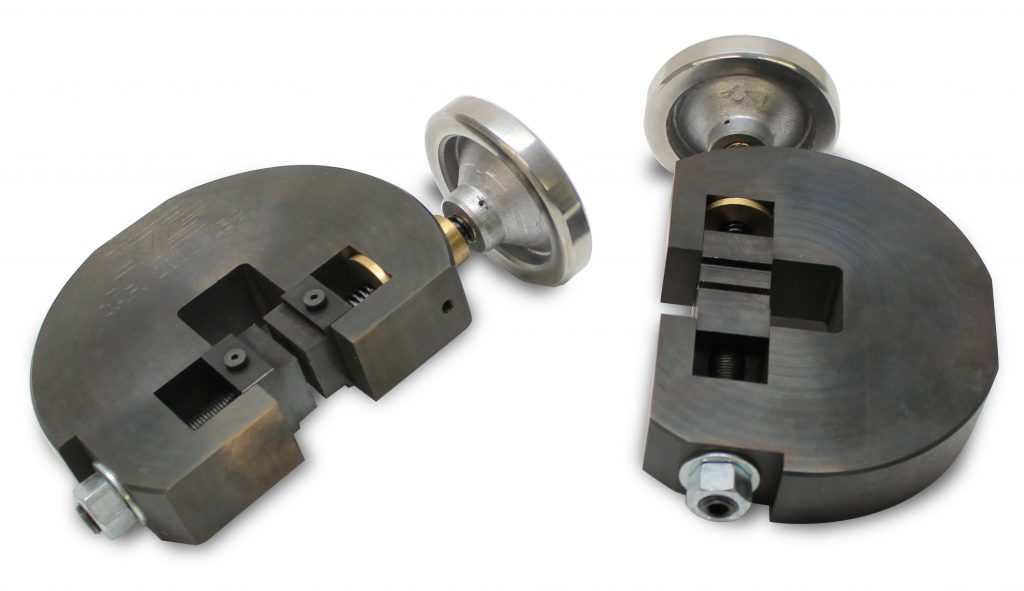
At HackerCombat, we always believe in emphasizing on the positives than the negatives, and hence, let’s discuss the advantages first. Unified Threat Management appliances, unlike NGFWs, are always hardware and come with advantages as well as disadvantages. In the case of NGFWs, bridged or routed modes are available. These include application awareness, stateful inspection, fully integrated intrusion prevention system, active directory/LDAP identification etc.

In addition to the filtering and blocking/allowing of data packets, the NGFWs carry out other functions as well. NGFWs, which are either hardware-based or software-based, go a bit further compared to conventional firewall programs. The firewall scans incoming and outgoing data packets, looks for inappropriate or malicious content and then allows or blocks the data packet. We have discussed, in many of our earlier blogs, the functioning and purposes of the firewall software. Let’s go for a brief Unified Threat Management Vs Firewall debate… The Firewall and its purposes Let’s today discuss in detail the purposes of these two and the differences as well. There is, among many users, the tendency to use these two terms, namely NGFW and UTM, interchangeably. At the same time, we have another alternative available, a rather multipurpose kind of option, the UTM (Unified Threat Management) appliance. Today, we have the NGFW (Next-Generation Firewall), which helps ensure better security. Finally, the proactive content protection which scans inbound and outbound traffic for dangerous content also prevents confidential information from leaking out of the company.Using some type of firewall is integral to cybersecurity it concerns the security of a system or network as well as data security for any individual or enterprise. Similarly, the high spam detection ratio rids mail servers and internal networks of traffic caused by junk mail. Panda GateDefender Integra also optimizes bandwidth usage by restricting access to non-productive Web content. These updates are performed in the cloud, leveraging Collective Intelligence, a suite of proprietary technologies that can detect and analyze threats automatically, resulting in greater speed and better protection against Internet threats. Rules and digital signatures in the malware, IPS and Web Filter are updated every 90 minutes and spam files are updated every minute.

It also has continuous automatic updates. Anti-malware, anti-spam and Web filtering protection are enabled by default on installation. Panda GateDefender Integra is the only “plug and protect” UTM on the market.

Web filter: Restricts access to non work-related Web content.
#Utm appliance free#
#Utm appliance software#
Anti-malware: Protects against all types of malicious software.

VPN: Protects confidential information transmitted across the Internet.Intrusion prevention system (IPS): Prevents intrusion attacks.Firewall: Ensures internal and external communication complies with the security policy.Designed for small to mid-sized businesses, the UTM appliance is available in two models: Panda GateDefender Integra SB, a new model designed exclusively for businesses with up to 50 employees and Panda GateDefender Integra 300, for companies with between 50 and 250 stations. Panda Security announced its unified threat management appliance, Panda GateDefender Integra.


 0 kommentar(er)
0 kommentar(er)
